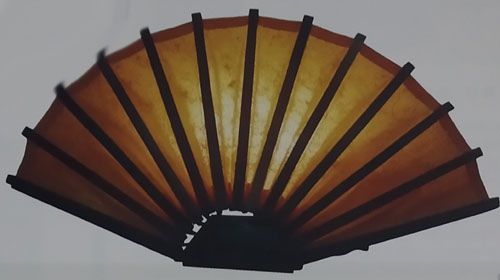For the Bengali people, arts and crafts holds a special place. Then it’s no surprise to find this passion to be visible in their food also. Gohona Bori of West Bengal is a fine example of this. For the people of Bengali origin, the bori signifies small pieces of spiced or unspiced sun dried, urad dal (black gram lentil) paste which are fried and eaten. While the Gohona or the more vernacular Goyna refers to jewellery.
These Gohona Bori’s are popular among the eminent personalities of Bengali literature like Abanindranath Tagore, Rabindranath Tagore, Bankimchandra, Nandalal Bose etc; and have earned high praises in their literary pieces.
Traditionally, the parents give boris to the bride to take along with her when she goes to her marital home. It becomes a measure of their status. Boris’s have also found place in children’s rhymes. The poor man’s staple food, the urad dal or kolai or beuli dal is the most affordable pulse available while having the highest nutritional content. Hence it has been given an important place in major festivals and everyday rituals. Dried opium seeds or posto is another important ingredient in the recipe. In an attempt to prevent the bori’s from sticking to the surface and infuse flavour, boris are created on a spread of these seeds. However as this ingredient is not characteristic of the area and is expensive, it may be substituted with sesame seeds. As the urad dal can be found in abundance in East Medinipur, it has become synonymous with the centre for innovation of this skilled art form. Rather than having religious or traditional connotations the craft is practiced by ladies as a fundamental part of housewife’s winter household routine. The women make Gohona Bori’s as a community, where everyone from the masters, fluent in the craft to the newcomers being introduced to the craft takes part in a hierarchical manner.
The art form has spread out from Medinipur, as brides from here have gone to different parts of Bengal and have taken these skills with them. The modern day women are trying to introduce new elements and designs into the traditional by utilising their knowledge of intricate Alpana patterns.
While bori’s are made in a variety of ways with different types of lentils and seasonings, the simpler bori’s are the most popular and can easily be found in most Bengali households. However the Gohona Bori is a fast disappearing village craft. Commercially producing boris as a financially possible marketable product isn’t a viable option. As quality control is an important aspect in the production and the sale of these Gohona Bori’s. Apart from this packaging these delicacies for exporting is a challenge in itself. All these apprehensions kept aside, if the bori’s were to gain popularity in foreign markets, the domestic industry has the fear of being replaced by replicas.
In the past few years, this unique edible decorative art has played an important role in empowering women local women of the area and helped it grow from a household industry to a cottage industry. Efforts have been made by local administrations and some self help groups to restore this art form.
Gallery
YOUR VIEWS
PRACTITIONERS: INDIA
Access 70,000+ practitioners in 2500+ crafts across India.
BIBLIOGRAPHY
10,000+ listings on arts, crafts, design, heritage, culture etc.
GLOSSARY
Rich and often unfamiliar vocabulary of crafts and textiles.
SHOP at India InCH
Needs to be written.






